The importance of VDR in a deal can’t be overstated, given that the number of small-business transactions involving M&A continues to increase. The right VDR is essential to the success of any deal. It will speed up due diligence process and help facilitate an easier transaction. In this article, we will discuss best practices for selecting the appropriate VDR to facilitate M&A transactions of varying sizes and complexities.
A VDR that is part of an Investment Bank can make each transaction as seamless and easy as possible for both buyers as well as sellers by giving access to sensitive information within a secure environment. This can significantly streamline the process and reduce the potential for miscommunication or confusion.
VDRs can also be utilized to facilitate the negotiation and signing of non-disclosure agreements (NDAs) with third parties, thus reducing the duration and stress of negotiating the agreement. Many modern VDRs permit you to create automated workflows, including electronic signatures, for NDAs with just a couple of clicks.
Another important characteristic of VDRs is their capacity to integrate data with third-party applications and platforms, such as Office 365 or Google Drive. This will greatly ease the transfer of information between systems which can reduce or eliminate delays and ensuring that only the most recent version is available.
Many VDRs include security features at the file level such as digital rights management (DRM) which limits the ability to print, copy or distribute files outside of the VDR. They can also include activity tracking and access control to guard against data theft from unauthorised users. You should look for an VDR that has industry-specific features, such as compliance certificates like FedRAMP or FINRA. Additionally, look for a VDR with an easy drag-and drop uploading interface to permit third-party companies to upload documents without the need for registering an account or installing software.

Comentarios recientes